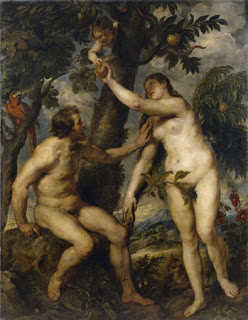IDEAS
& UNDERSTANDING
Research
In
order to create a piece of art it is very important to prepare ourselves for a certain
subject and this requires research. Research is a way of investigation to
establish facts/principles or collect information on the subject we work on. It
is a search for knowledge, to analyze data and understand a topic or issue.
When we pose the question, in order to be able to answer it, we need to look at
the query in depth, to research, to explore, study and examine the facts
surrounding us. Research can be done in a variety of ways like books, the
internet, libraries, interviews etc. There are also different types of research,
primary and secondary. It is very important to direct our message to a target
audience and try to engage visually.
Primary
research- basically an artist, photographer, graphic designer, illustrator or animator
have to start from scratch (i.e. taking photographs, conducting interviews and asking
questions)
Secondary
research- is all necessary data available from other organisations (collecting
information to reinforce, influence our work)
Research
is essential for me as a photographer. When I plan an outdoor photo shoot for
instance, I always research the basics such as location and weather for that
day and more advanced preparation like getting to know the model. Also to know
the project itself and find the way to express myself creatively in relation to
knowledge about historical and contemporary artists.
During
our magazine project I have researched other photographers work, food
photography, how to create interesting composition, food magazine layouts,
structure for writing a review or various techniques for post production. It
has accompanied me for the whole time and provided me with a broader picture of
how to present my ideas.
This
leads us to visual research which in that case allows us to find out what and
how something has been done in the past. Research throughout the visual
practice of collecting, studying and exploring a theme will contribute to
understanding of the subject but also to the final outcome. This is from where
we should look to acquire our inspiration.
Inspiration
Each
person can be inspired by someone or something. We are individuals and everyone
is different. We need to find what inspires us and how we can relate our
surrounding environment to our work or use relevant research for ourselves and
connect it with our work. There are many methods of recording things,
collection, observation, drawings of images, behaviour, text, personal staff,
feelings. These need to be recorded, the data
processed and the ideas developed to find the visual language to
communicate them.
Personally
I am inspired by looking at work of other photographers, their overall work,
project and analysing it. I find personal blogs very helpful providing insight
as to the artists and the inspiration for their ideas and how i can learn from
it. It enables me to practice alternative and new styles and techniques to try
to find my own route. I am particularly interested in documentary photography I
think partially due to the fact that I am a very emotional person. I use my
eyes, heart and mind to see and feel everything around me. I find it
fascinating to watch people and take photographs of what they do. I don’t have
to talk to them or communicate with them directly. Documentary photography
gives me a safe distance, a quiet time but an emotional outcome. I think having
a RVJ is necessary to create your own bank of ideas. I am not very good at
drawing so tend to use photographs instead and develop my ideas from these.
Bill
Brandt was one of the leading British
photographers of the 20th century. His work is notable for its
splendid use of contrast and densely printed images. Brand created a personal
photographic language and individual style which was original, experimental and
involved deeper investigation.
Image
source:











